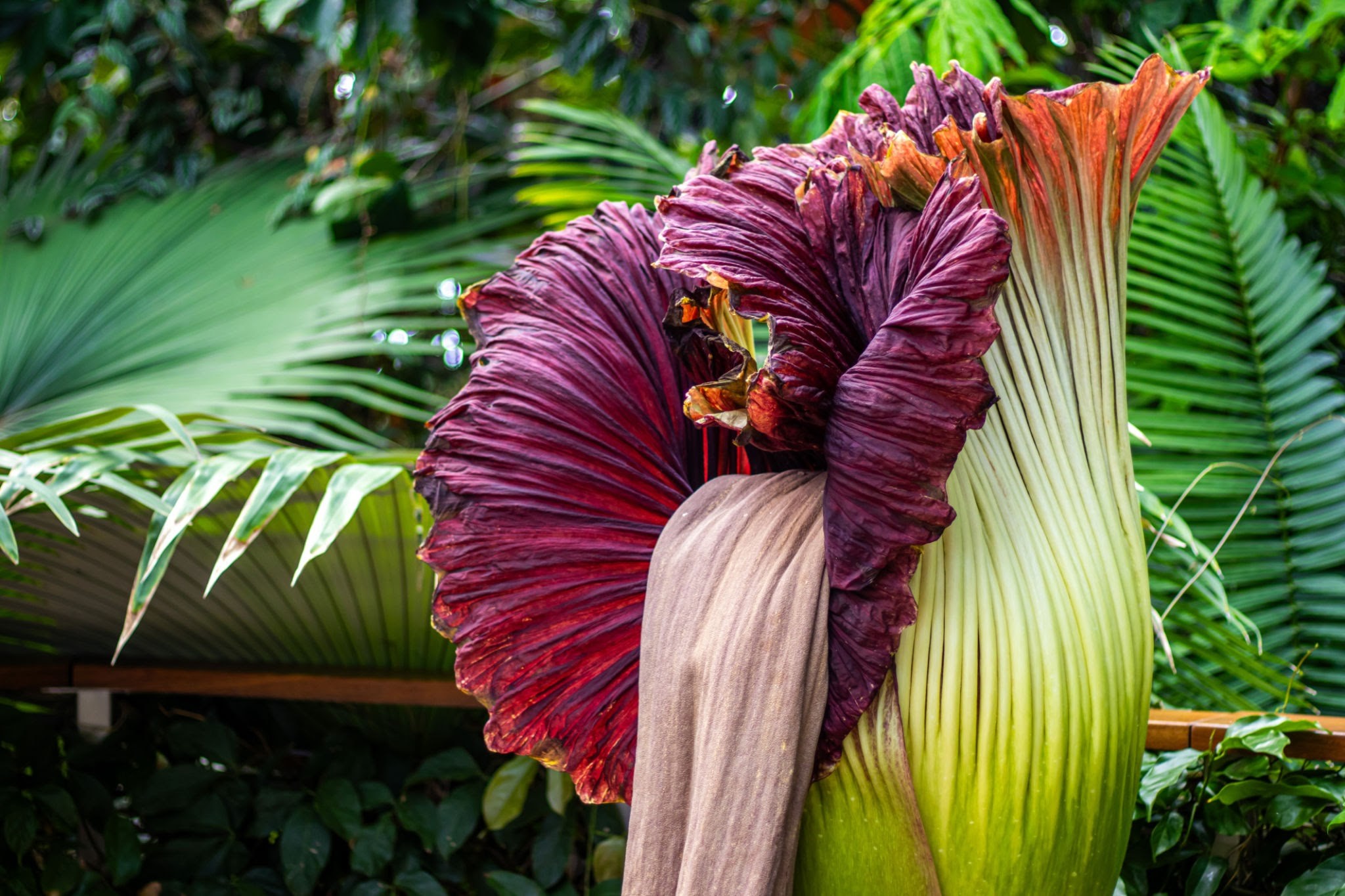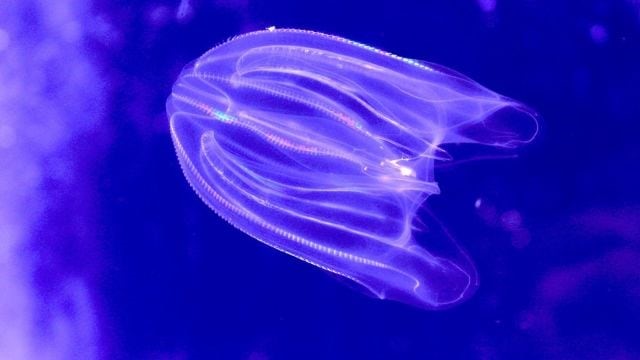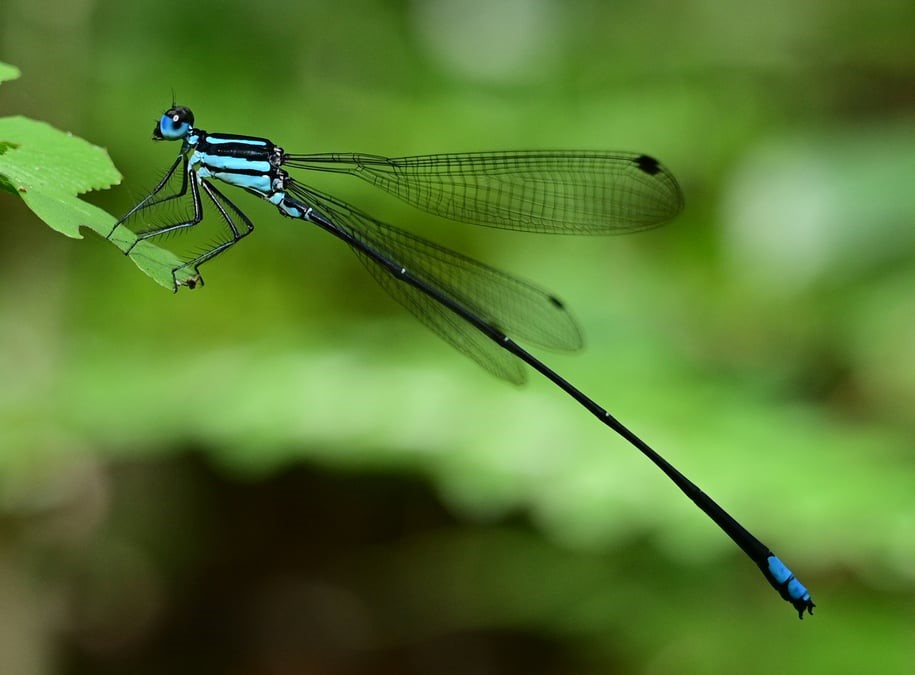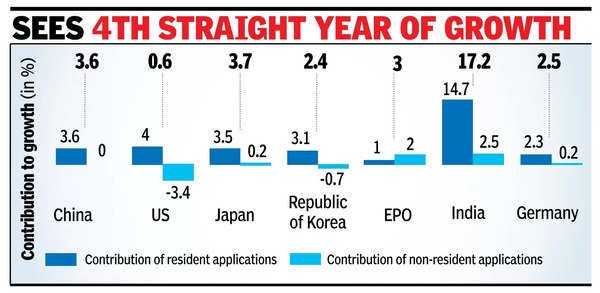British writer Samantha Harvey recently won the Booker Prize in 2024 for her space station novel Orbital.
|
International Booker Prize |
|
References
People in Geelong city have beelined to witness an unusual event, the blooming of the Amorphophallus Titanum.

Reference
Researchers recently discover new species of marine creatures that can age in reverse.

Reference
The Indian Express | Comb jellies
Recently, researchers have discovered a new species of damselfly in the Western Ghats of Kerala, near the Peppara Wildlife Sanctuary.

References
India secures position in top 10 countries in Patents, Trademarks, and Industrial Designs in the recently released WIPI, 2024.
Report findings


References
The PIB| World Intellectual Property Indicators (WIPI), 2024